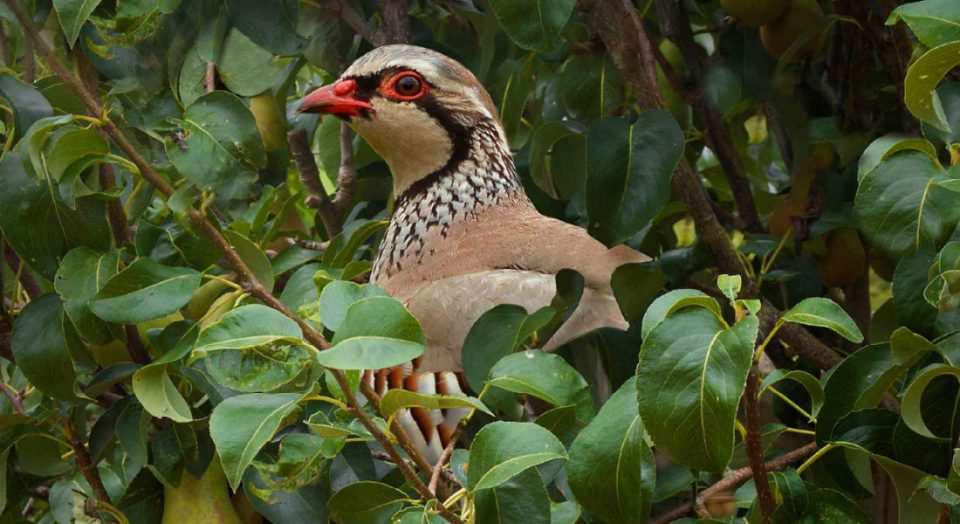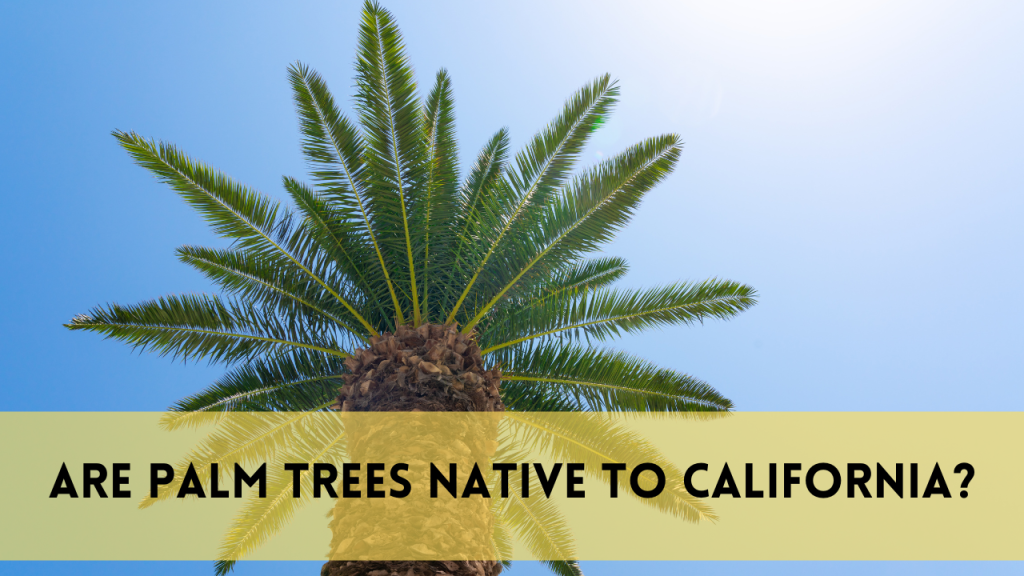What is a partridge in a pear tree?
Welcome to ArborTrueCA, where we will explore the meaning of what is a partridge in a pear tree. This classic visual stems from the evergreen Christmas carol The Twelve Days of Christmas, yet it goes far beyond its lyrical roots. Join us as we look at the historical, theological, and cultural implications of the partridge and pear tree emblem. Discover how these symbols represent faith, protection, and wealth across ages of art and literature. Learn more about how current conservation initiatives affect partridges and their natural habitats. Whether you’re interested in the history of Christmas traditions or environmental protection, ArborTrueCA can help you grasp the deeper meanings behind this beloved emblem.
What is a partridge in a pear tree?
Partridge on a Pear Tree: Historical Origins
It is thought that the carol The Twelve Days of Christmas first appeared in England in the eighteenth century. Nonetheless, some historians speculate that the word might have French origins. On Christmas Day, the partridge in the pear tree appears, setting the scene for the gifts to follow. It is believed that the partridge and pear tree represent many concepts, including religious and cultural concerns.
Why partridges on pear trees
In the song The Twelve Days of Christmas, the line a partridge in a pear tree alludes to different ideas. The partridge has historically been associated with Jesus Christ, as its protective instincts mirror Christ’s selflessness and love. The pear tree represents both the holiday season’s affluence and the cross. Alongside the productive pear tree, the partridge, a watchful and selfless bird, represents prosperity and generosity in culture. Literature and art have treasured this depiction, giving it an everlasting representation of the joy and spiritual significance of the holiday season.
Our impact on grey partridges
A major problem for grey partridges, especially Perdix perdix, is habitat loss and intensified agriculture. These birds are native to Europe, and their nesting and feeding grounds are open fields and hedgerows. Modern farming methods, however, frequently eliminate hedgerows and diminish a variety of habitats, which restricts their access to food and shelter. Due to the reduction of insect populations that are essential to their food, pesticides, and herbicides used in agriculture also endanger their survival.
To reverse these tendencies, conservation activities are essential. Restoring habitat, using fewer pesticides, and using wildlife-friendly farming techniques can all contribute to the survival of gray partridge populations. To minimize human impacts and guarantee that these birds flourish in their natural habitats for the enjoyment of future generations, farmers, conservationists, and legislators have joined forces to launch collaborative programs.
The Partridge: Features and Ecology
Physical attributes
The partridge, or Phasianidae, is a medium-sized bird in the pheasant family. Its rounded wings, short legs, and plump body define it. The animal most frequently linked to the Christmas carol is the Perdix perdix or grey partridge. The distinctive plumage of these birds, consisting of highly camouflageable brown and gray feathers, sets them apart.
Organic Environment
Native to portions of Africa, Asia, and Europe are partridges. They do well in farms, open fields, and wooded edges. These birds build their basic nests beneath shrubs or amid tall grasses as they are ground-nesters. They are an essential component of the agricultural ecology because they mostly eat seeds, grains, and insects.
Pear Tree: Growth and Symbolism
Botanical characteristics
The pear tree (Pyrus communis) is a deciduous tree found in coastal and slightly temperate regions of Europe, North Africa, and Asia. Luxuriant foliage, white blooms, and sweet, juicy fruits distinguish pear trees. They can reach 40 feet tall and live for decades, offering shade and fruit for future generations.
Cultivation and Care
Pear trees require well-drained soil, regular watering, and enough sunlight to thrive. Usually, people plant these trees in the late winter or early spring. Pruning is necessary to maintain their shape and increase fruit development. Pear trees require little maintenance, making them a popular choice for home orchards and commercial agribusiness.
Cultural significance and evolution
Artistic Depictions
Art, literature, and holiday decorations have immortalized the image of a partridge sitting in a pear tree throughout history. It symbolizes abundance, protection, and divine love, making it a popular Christmas image
Modern interpretations
In modern society, the partridge in a pear tree remains a popular emblem, appearing on Christmas cards, ornaments, and other objects. Its ongoing appeal stems from its blend of religious symbolism and cultural history, which resonates with people of all religions and ethnicities.
Related Posts:
Environmental conservation has an impact on wildlife
While the symbol remains popular, the grey partridge (Perdix perdix) suffers from issues in its natural environment. Urbanization and intensive agriculture are causing habitat loss, putting their numbers at risk. Habitat restoration, sustainable farming methods, and conservation programs are critical for protecting these birds and their habitats.
FAQS
Why is a partridge in a pear tree significant?
The image of a partridge in a pear tree is religiously and culturally significant. People frequently understand it as a representation of Jesus Christ (the partridge) and the crucifixion (the pear tree), with themes of protection, sacrifice, and spiritual blessings.
Are partridges often found in pear trees?
Partridges do not normally nest on pear trees; therefore, the imagery is metaphorical rather than real. Partridges, including the Grey Partridge (Perdix perdix), prefer wide fields and hedgerows for nesting and foraging.
How old is the phrase a partridge in a pear tree?
The carol The Twelve Days of Christmas is believed to have originated the practice in England in the 18th century. It has subsequently become a common element in Christmas celebrations around the world.
Are there any other meanings for a partridge in a pear tree?
Aside from its religious significance, the partridge under a pear tree represents themes such as love, protection, and charity. Various forms of art and literature have depicted it, leading to the emergence of varied cultural interpretations over time.
Are there conservation efforts for partridges and pear trees?
Indeed, conservation efforts prioritize the preservation of partridge habitats, particularly in the face of habitat loss and environmental degradation. Habitat restoration, sustainable farming practices, and wildlife conservation education are among the initiatives.
How does Partridge in a Pear Tree relate to present holiday traditions?
The partridge in a pear tree is still a popular motif in modern holiday decorations, including Christmas cards, ornaments, and festive displays. Its timeless appeal reconnects individuals with Christmas traditions of faith, joy, and goodwill.
Can you find partridge-themed items around Christmas?
Yes, partridge-themed things, such as ornaments, figurines, and decorative items with the bird in a pear tree pattern, are popular throughout the holiday season. These things demonstrate the symbol’s lasting cultural relevance.
Conclusion
The phrase What is a partridge in a pear tree represents more than just a Christmas carol lyric. It embodies deeply held religious beliefs, cultural traditions, and the enduring spirit of giving and hope connected with the holiday season. Knowing its significance broadens our understanding of this timeless symbol of religion, love, and the natural world.




